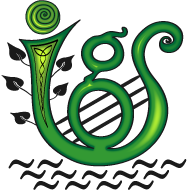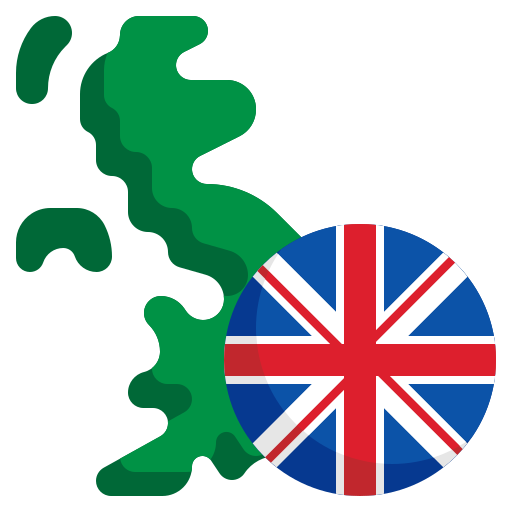Although Ireland had been subject to English rule since the 12th century, it was not until the Act of Union in 1800 that it formally became part of the UK. In 1922, twenty-six of Ireland’s counties exited from the UK and formed the Irish Free State, however the six north-eastern counties (i.e. Northern Ireland) remained within the UK, and still do to this day. Up to this date, citizens of both jurisdictions could travel freely across the Irish Sea, which for a family historian is unfortunate as no passenger lists exist to track their movements. Notwithstanding this, we know that vast numbers of Irish immigrated to the UK, many to Liverpool, Glasgow, the industrial cities of the midlands and, of course, to London. Their numbers were so significant that their presence altered the cultural, social, ethnic and religious face of many towns. UK census records survive from as early as 1841 and many of our clients’ ancestors have been located here, and in the vast array of other less well known sources that have survived from the 17th-20th centuries.
Did you know..
- IrelandIn 1841, Ireland’s population was over 8 million. A recent reassessment…read more
- United KingdomAlthough Ireland had been subject to English rule since the 12th century…read more
- North AmericaAn estimated 40 million people in the United States claim Irish ancestry…read more
- AustraliaBetween 1845-1860, over a quarter of a million Irish immigrated to…read more
- South AmericaMany Irish immigrated to South America in the mid 19th century…read more
- CanadaIn 1847, over 100,000 Irish people arrived at the ports of Quebec,…read more
- AsiaPrior to 1922, large numbers of Irish joined the British Army and were…read more
- South AfricaAlthough South Africa did not attract large scale migration, many Irish…read more
- New ZealandIt has been estimated that about 2,000 Irish emigrants entered New…read more

